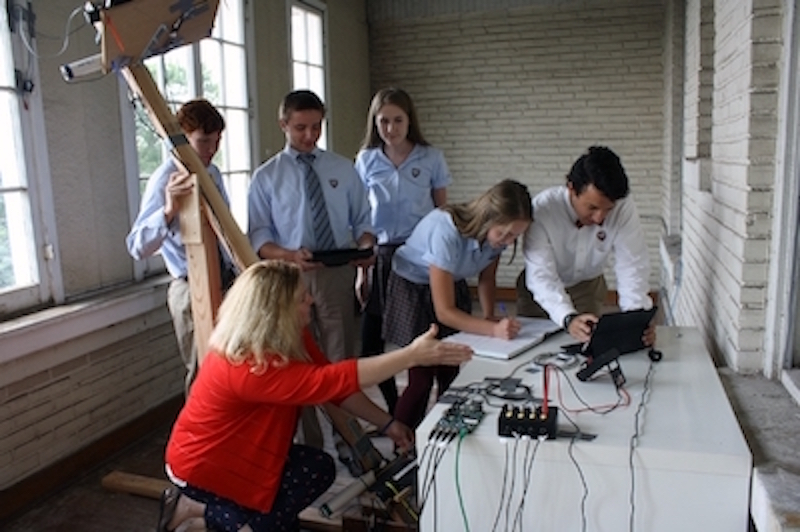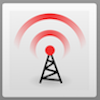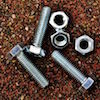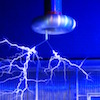
Spotlight on 2017
This is the last Friday Flyer of 2017, so it is a good time to reflect on the year QuarkNet members have experienced. We had some great highlights, starting with Nate Unterman hatching an idea for a solar eclipse project at the AAPT Winter Meeting.
Moving toward spring, we had a great International Masterclasses (IMC) season in March with 24 QuarkNet centers participating. Some, like Notre Dame, Oklahoma State, and Black Hills State, ran multiple masterclasses. Also in March, we had Interational Muon Week, with flux data taken from 37 detectors around the world, including 25 in the U.S.
Summer saw 34 workshops across QuarkNet and the maturing of Nate's idea: the QuarkNet Solar Eclipse Cosmic Ray Project. What started as a simple question—is there any cosmic ray effect from a solar eclipse?—ended up with a unique experimental design, trips across the country to the zone of totality, and advances in our data analysis techniques.
We finshed the year with a two-week visit to the Notre Dame QuarkNet Center by International Masterclasses co-coordinator Uta Bilow from Technische Universität Dresden. We had participation by students and teachers in Dark Matter Day, in World Wide Data Day, and in International Cosmic Day.
As we move toward 2018, we have much to celebrate this holiday season, especially QuarkNet's great group of dedicated and motivated physics teachers. They did so much to make 2017 a banner year!


News from QuarkNet Central
If you missed it last week, here is the International Masterclass Circular. One of the major items is masterclass institute profiles. We will take this up, along with registration and orientation, after the New Year.
Just in this week: College Lycée Expérimental in Hérouville-St. Clair, France, sent along a student article about World Wide Data Day.

QuarkNet Nuts and Bolts
Virtual Center lead teacher Dave Trapp wrote in last week about uploading a document, say a PDF or a PowerPoint, and then making a link to that uploaded document. First we had to increase the data limit so large files can be uploaded. Check! The limit was increased tenfold to 20 MB. Then we needed to explain how to upload and make a link. Check! Here is the new "How to..." article on How to upload a file and link to it in the text.

Physics Experiment Roundup
What carries news of an earthquake faster than a speeding p-wave? Gravity, of course, according to Physics Today. At CERN, though, they are gearing up to help cancer research by producing radioisotopes and search for dark matter with liquid argon. Back to high-speed travel: small, consistent acceleration may get a vehicle to very high speeds, according to the this APS News report on space travel with solar sails. And for a stocking-stuffer-sized muon experiment, try CosmicWatch, a product of MIT and IceCube, in MIT News.

Resources
We start with pretty sensible, interesting physics: Fermilab physicist Mike Albrow explains neutron star collisions. Then we veer off into more unusual resouces, like exploring CERN via Minecraft. We really go astray with our first, albeit entirely borrowed, holiday gift guide.
Hopefully, you already gave everyone you know who observes Advent their own Physics-in-Advent calendar. If not, it's not too late! And how about those holiday preparations? In symmetry, we have Physics Nobel Prize snowflakes that we can make as ornaments, a guide to physics books to give or to read by the winter hearth, and, everyone's favorite, holiday physics cookies.

Just for Fun
Fun? Interview with Physics Girl and xkcd solves thermodynamics!
With the year wrapping up, the temperatures going down, and the special holidays of this season upon us, the QuarkNet staff members wish all of our colleagues and friends in and out of QuarkNet the very best and every kind of success, health, and happiness for 2018.
QuarkNet Staff:
Mark Adams: adams@fnal.gov
Ken Cecire: kcecire@nd.edu
Shane Wood: swood5@nd.edu